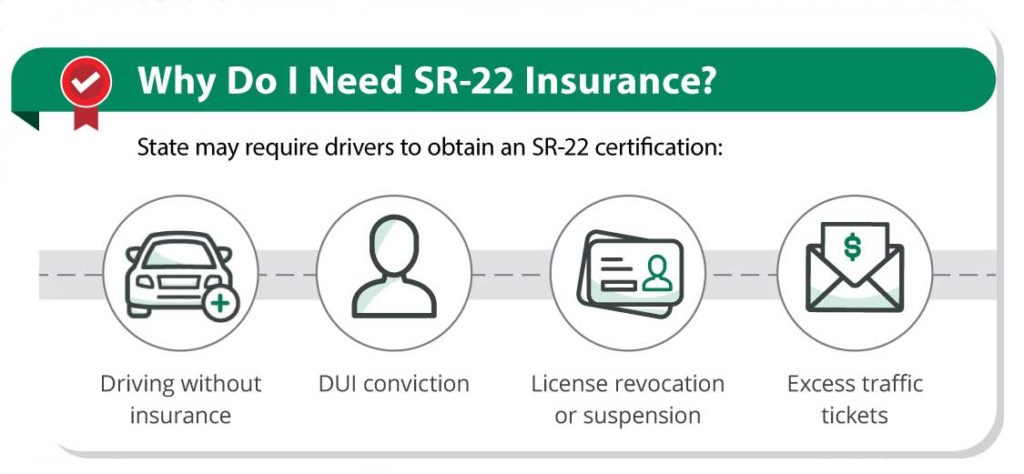As an outdoor enthusiast, there are several vehicle enhancements you can consider to prepare both yourself and your car for the ultimate outdoor adventures. Although none of these are mandatory to enjoy Mother Nature, if you really are looking to get into the backcountry, these are some vehicle enhancements that would only benefit your adventure. Granted, not all of these will be applicable to every vehicle, so check with your make and model before making any purchases!
Popular Outdoor Vehicle Alterations
Off-Road Tires
Upgrading your vehicle’s tires to all-terrain or mud-terrain tires can significantly improve off-road traction, allowing you to navigate through various terrains more effectively. Also, they can ensure that you make it to and from your destination safely and limit the possibility of being stranded.
Lift Kits
Installing a lift kit raises the height of your vehicle, providing increased ground clearance. This enhancement helps you tackle rough terrain, overcome obstacles, and improve approach and departure angles. The last thing anyone wants is for their undercarriage to get caught on a low-traffic road!
Skid Plates
Adding skid plates to the undercarriage of your vehicle provides protection to vital components like the engine, transmission, and fuel tank. It safeguards against damage from rocks, tree branches, or other debris encountered off-road. Now, you can drive over almost anything without fear of crucial vehicle components being damaged.
Winch
A winch is a valuable tool for getting unstuck from mud, snow, or other challenging situations. It can be mounted to the front or rear of your vehicle and helps you pull yourself or others out of tricky spots. Of course, their possibilities for use are really endless!
Roof Rack
A sturdy roof rack increases your vehicle’s cargo-carrying capacity. It allows you to transport equipment like kayaks, bicycles, camping gear, or additional luggage, freeing up space inside the vehicle. Luckily, these can be added to almost any car to nearly double your space for packing!
Light Bars and Auxiliary Lights
Installing additional lighting options, such as LED light bars or auxiliary lights, improves visibility during nighttime off-roading adventures. In places where street lights are non-existent, these lights can illuminate the trail ahead and enhance safety. As a bonus, they can also be used to illuminate your campsite!
Snorkel
If you plan on driving through water crossings or muddy environments, a snorkel allows your vehicle to breathe in clean air while preventing water or debris from entering the engine’s intake. Even if you aren’t planning an amphibious experience, rain and flash floods can come out of nowhere, and a snorkel will come in handy.
On-Board Air Compressor
An onboard air compressor enables you to adjust tire pressures on the go, which is crucial for varying terrains. It also comes in handy for inflating air mattresses, beach toys, or other items during outdoor activities.
Rear Differential Lockers
Upgrading to rear differential lockers can enhance your vehicle’s off-road capabilities. Locking the differentials ensures that both wheels on an axle receive power equally, improving traction in challenging conditions. Also, they can be used to prevent theft from both humans and animals!
Upgraded Suspension
Replacing the stock suspension with an enhanced suspension system can provide better off-road performance, improved ride comfort, and increased load-carrying capacity. While there isn’t anything necessarily wrong with the suspension your car comes with, it’s important to remember that they are manufactured for day-to-day street driving and do have a performance limit.
Tips For Safe Driving In The Backcountry
Driving in the backcountry requires specific considerations and precautions to ensure your safety. The last thing you’d want on a road trip is for your car to fail on you, or worse, cause an accident. A lack of precaution and preparation can be the cause of injury and end your trip short. According to San Antonio personal injury attorneys at The Aguirre Law Firm, speeding alone causes the majority of car accidents. Here are some tips for safe driving in the backcountry:
Plan and Research
Before your trip, thoroughly research your destination, including the terrain, weather conditions, and any potential hazards. Plan your route accordingly, considering factors like road conditions, steep grades, and river crossings.
Use a Suitable Vehicle
As noted in the previous section, choosing and modifying a vehicle that is appropriate for off-road driving is crucial for any safe trip. Ensure your vehicle is well-maintained and equipped with features like all-terrain tires, sufficient ground clearance, and four-wheel drive if necessary.
Check Road Conditions
Before setting out, check the current road conditions and any advisories or closures. Many national park websites, forest service offices, or online forums provide up-to-date information about road conditions in the backcountry.
Drive at a Safe Speed
Backcountry roads can be rough and unpredictable. Drive at a safe and controlled speed, adjusting to the road conditions. Avoid excessive speed, especially on narrow or winding roads, as it can lead to loss of control or accidents. While the car accident attorneys at DuBois Law Group note that speeding is one of the largest causes of car accidents, this warning also applies to off-road driving.
Stay on Designated Routes
Stick to established roads and trails to minimize damage to the environment and avoid getting stuck in unsafe terrain. Respect any signs or barriers indicating closed or restricted areas.
Be Prepared for Emergencies
Carry essential emergency supplies such as a first aid kit, extra water, food, blankets, a fire extinguisher, and communication devices like a cell phone or satellite phone. Inform someone about your travel plans and expected return time.
Be Mindful of Wildlife
Backcountry areas often have abundant wildlife. Drive cautiously, especially at dawn and dusk when animals are more active. Observe posted speed limits and be prepared to stop or yield for animals crossing the road.
Observe Basic Off-Road Techniques
When encountering obstacles like rocks, ruts, or mud, maintain a steady speed and avoid sudden movements. Use four-wheel drive when necessary and engage appropriate driving techniques like downhill engine braking or using momentum to overcome obstacles.
Maintain a Safe Distance
Keep a safe distance between your vehicle and others in the backcountry. Dust, gravel, or sudden maneuvers can affect visibility, so allow ample space for braking and maneuvering.
Respect the Environment
Preserve the natural beauty of the backcountry by minimizing your impact. Stay on designated roads and avoid damaging vegetation or disturbing wildlife. Pack out any trash and leave no trace of your visit.
Last Words
When driving in the rugged terrain of the outdoors, remember to consider your specific needs and vehicle requirements and consult with professionals for the proper installation of these enhancements. Additionally, it’s essential to follow local regulations and guidelines regarding vehicle modifications as well as driving restrictions. Drive safe and have fun!
Related
#MustHave #Vehicle #Modifications #Outdoor #Enthusiasts










